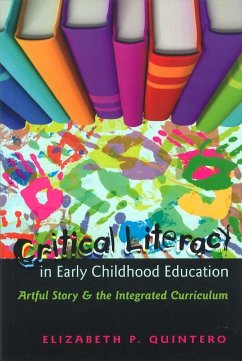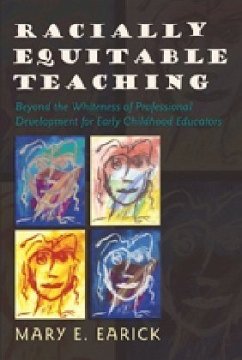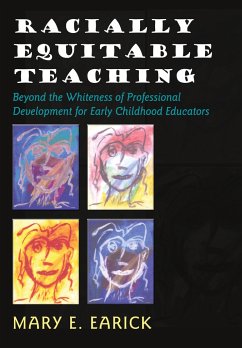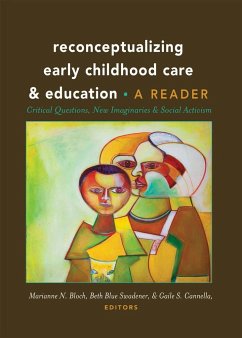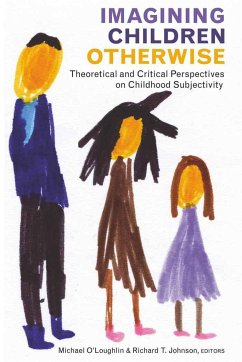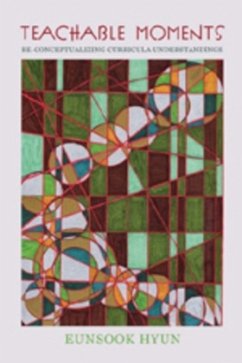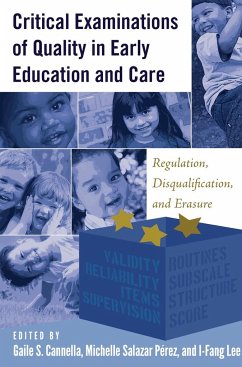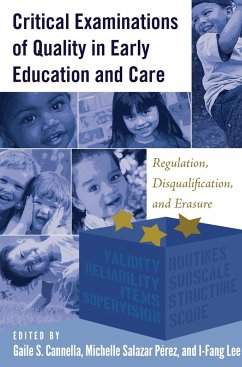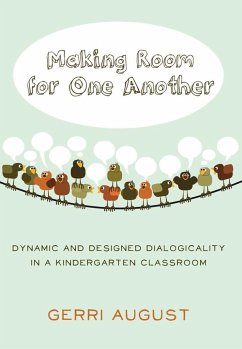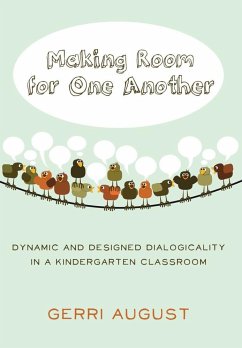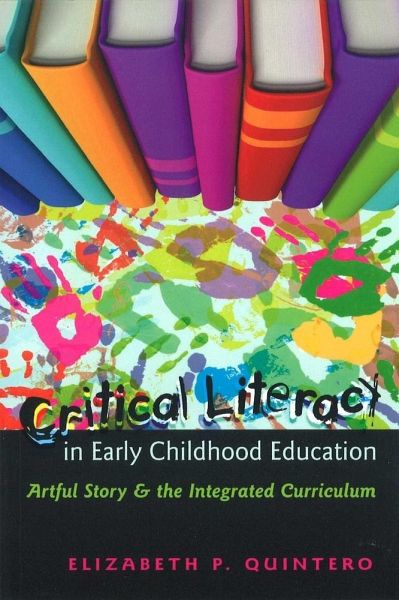
Critical Literacy in Early Childhood Education
Artful Story and the Integrated Curriculum

PAYBACK Punkte
0 °P sammeln!
This book documents a qualitative study involving various groups of teacher education students and practicing teachers. The study encompassed learners' multiple languages and recognized ways that multiple knowledge sources, identities, and language forms can contribute to the formation of new relationships, new knowledge, and new meanings. Integrating all the traditional content areas of study, the arts, and new forms of cross-disciplinary ways of knowing, a curriculum is framed around critical literacy, with its underlying elements of participation by all, respect for multiple sources of know...
This book documents a qualitative study involving various groups of teacher education students and practicing teachers. The study encompassed learners' multiple languages and recognized ways that multiple knowledge sources, identities, and language forms can contribute to the formation of new relationships, new knowledge, and new meanings. Integrating all the traditional content areas of study, the arts, and new forms of cross-disciplinary ways of knowing, a curriculum is framed around critical literacy, with its underlying elements of participation by all, respect for multiple sources of knowledge, and the responsibility of transformative action. The book uses illustrative case studies to present the research involved, and to identify the aspects of critical theory and the themes and implications that emerged from this participatory, learner-driven curriculum.





